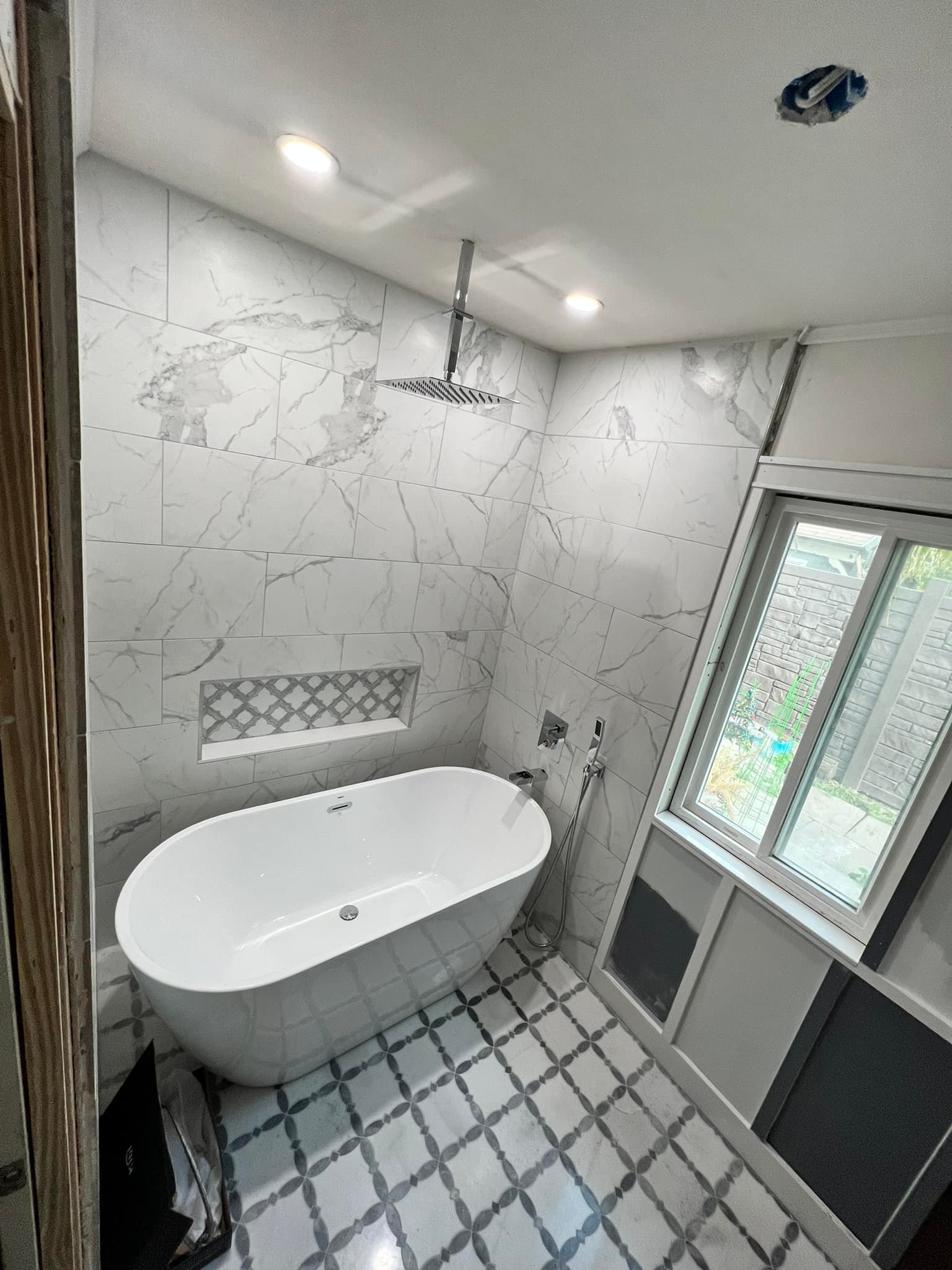
Maximizing Energy Efficiency in Your Next Remodeling Project Oct 31, 2025
Start by assessing your current home's energy usage. Begin with an energy audit to identify areas of inefficiency within your home. A professional audit provides a detailed analysis of your energy consumption and highlights where you can improve. Whether it's drafty windows, poor insulation, or an inefficient HVAC system, identifying these energy drains is the first step.
Once you have a clear understanding of where you are losing energy, tackle the biggest culprits with targeted solutions. Insulation plays a crucial role in energy efficiency. Upgrading the insulation in your walls, attic, and floors can significantly reduce heat loss in winter and keep your home cooler in the summer. Consider environmentally-friendly materials like recycled denim or cellulose insulation to further your sustainability efforts.
Windows are another critical aspect. High-performance, double or triple-glazed windows can prevent drafts and reduce heat transfer, leading to lower energy bills. Consider installing windows with low-emissivity (low-E) coatings, which help reflect heat into your home in winter and block it out in summer. Likewise, airtight door installations are vital. Energy-efficient doors made with sustainable materials can also enhance the overall aesthetics of your home while improving performance.
Heating and cooling usually account for a large portion of energy use in homes. Therefore, upgrading your HVAC system can be highly beneficial. Opt for energy-efficient models that carry the ENERGY STAR label. These systems ensure optimal performance with minimal energy consumption. Also, consider programmable thermostats, allowing you to control your home’s temperature remotely, thus optimizing your energy use based on your schedule.
Lighting is often overlooked, yet it offers substantial energy-saving potential. Transitioning to LED lighting not only cuts down energy use but also reduces heat emission, leading to a cooler, more comfortable living space. Incorporating smart lighting systems can further enhance these benefits by allowing you to automate when lights turn on and off, reducing unnecessary usage.
Don't forget about water consumption when remodeling. Installing low-flow faucets and showerheads can drastically reduce water usage without compromising on performance. Additionally, consider integrating a tankless water heater, which heats water as needed, thus avoiding the energy loss associated with traditional water heaters.
Lastly, consider renewable energy solutions. While the initial investment can be higher, options such as solar panels substantially decrease reliance on conventional power sources and can lead to long-term savings. They may even increase your home’s value.
Concluding, making your remodeling project energy-efficient not only leads to long-term savings but also enhances your home's comfort and value. At Building Dreams Construction, we’re committed to helping you achieve a sustainable living environment that’s tailor-made to your lifestyle. Contact us today to discuss how we can incorporate these energy-efficient elements into your next project and build a future-ready home for you.
/filters:no_upscale()/filters:format(webp)/media/3fd52749-f9f5-47da-b6c9-dacecbe750f7.jpeg)
/filters:no_upscale()/filters:format(webp)/media/40efce66-2479-4759-90cd-9917ba7f075a.jpeg)